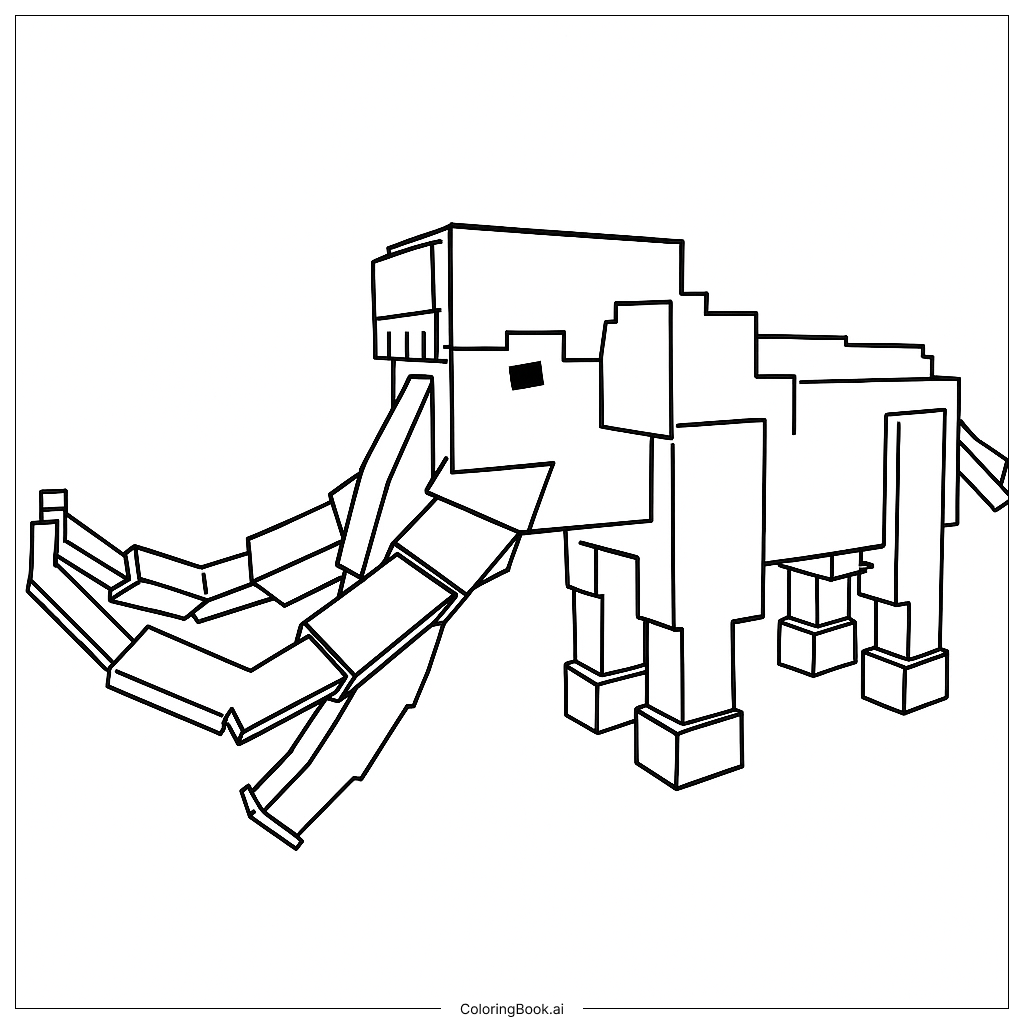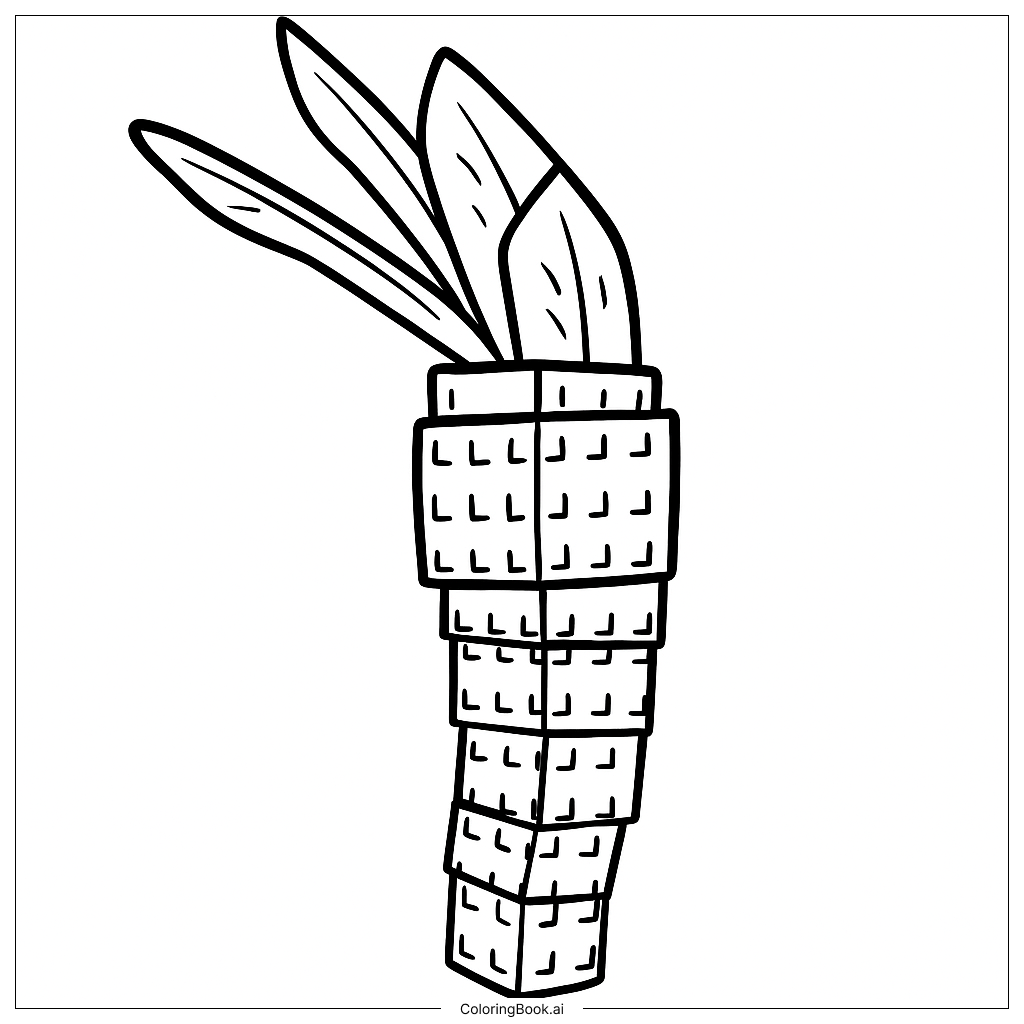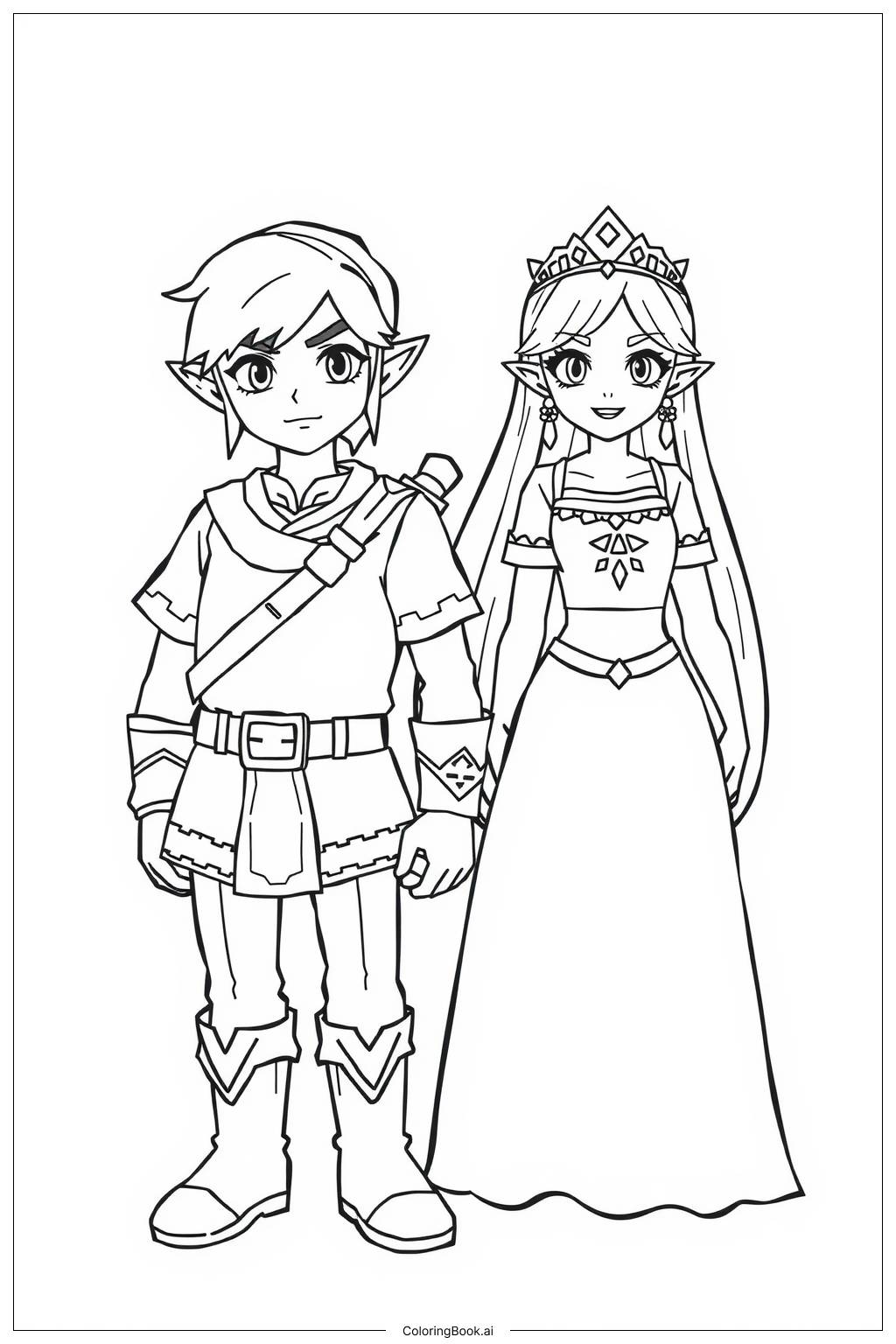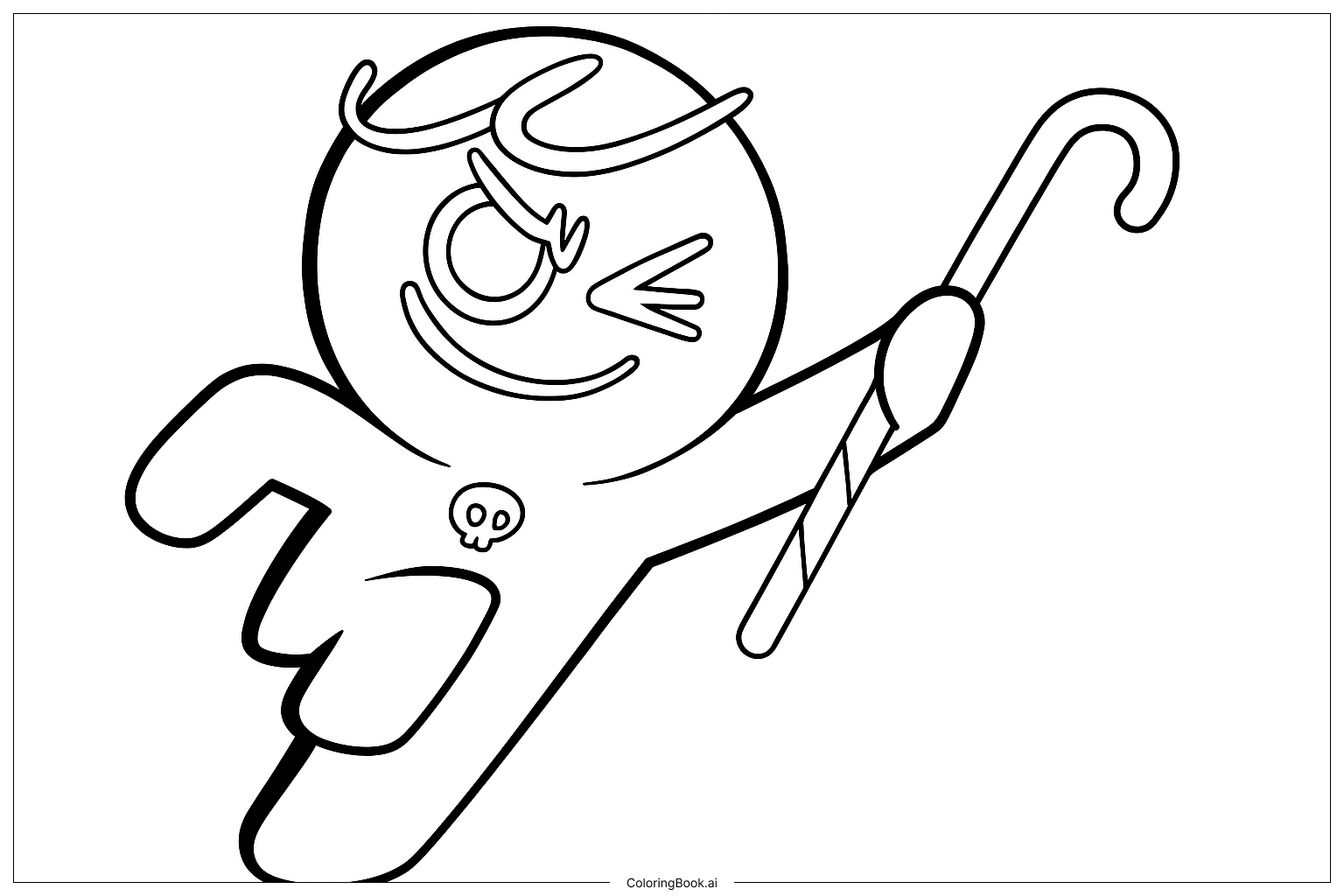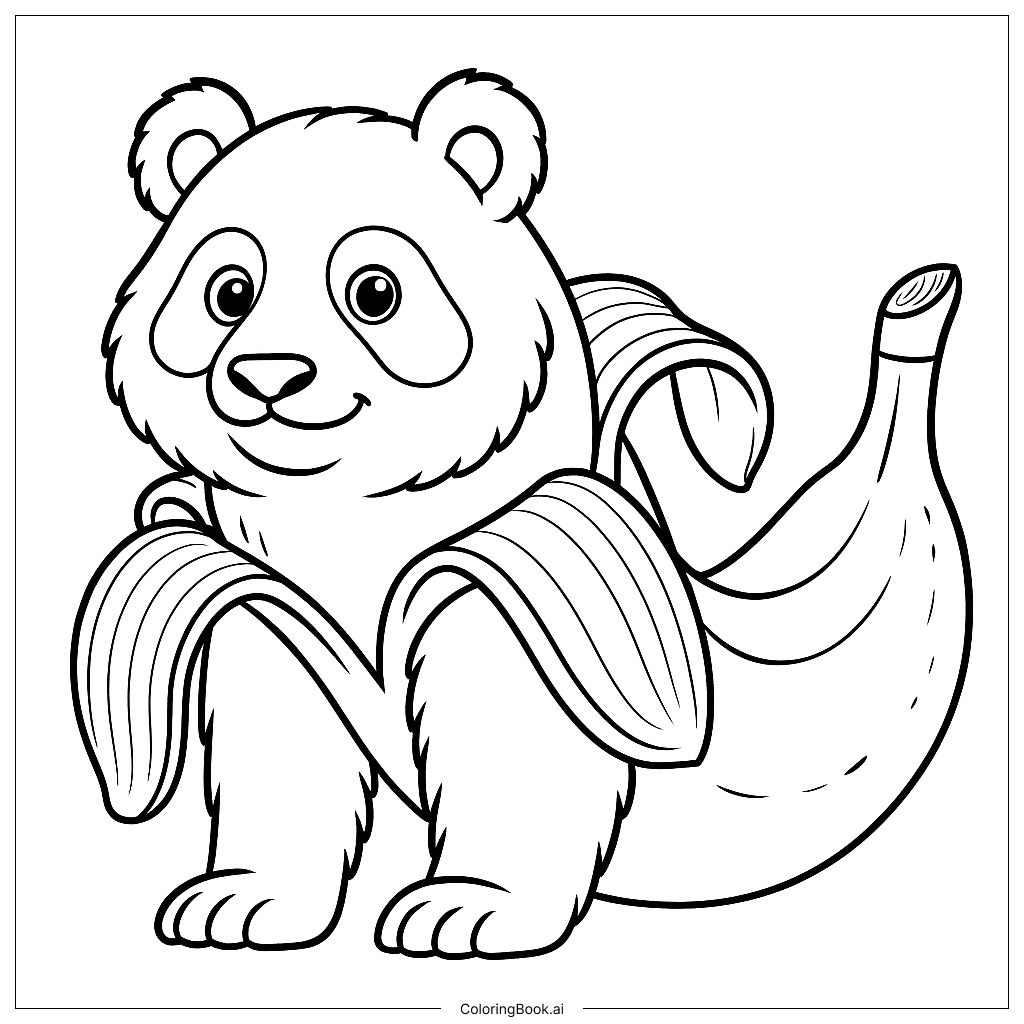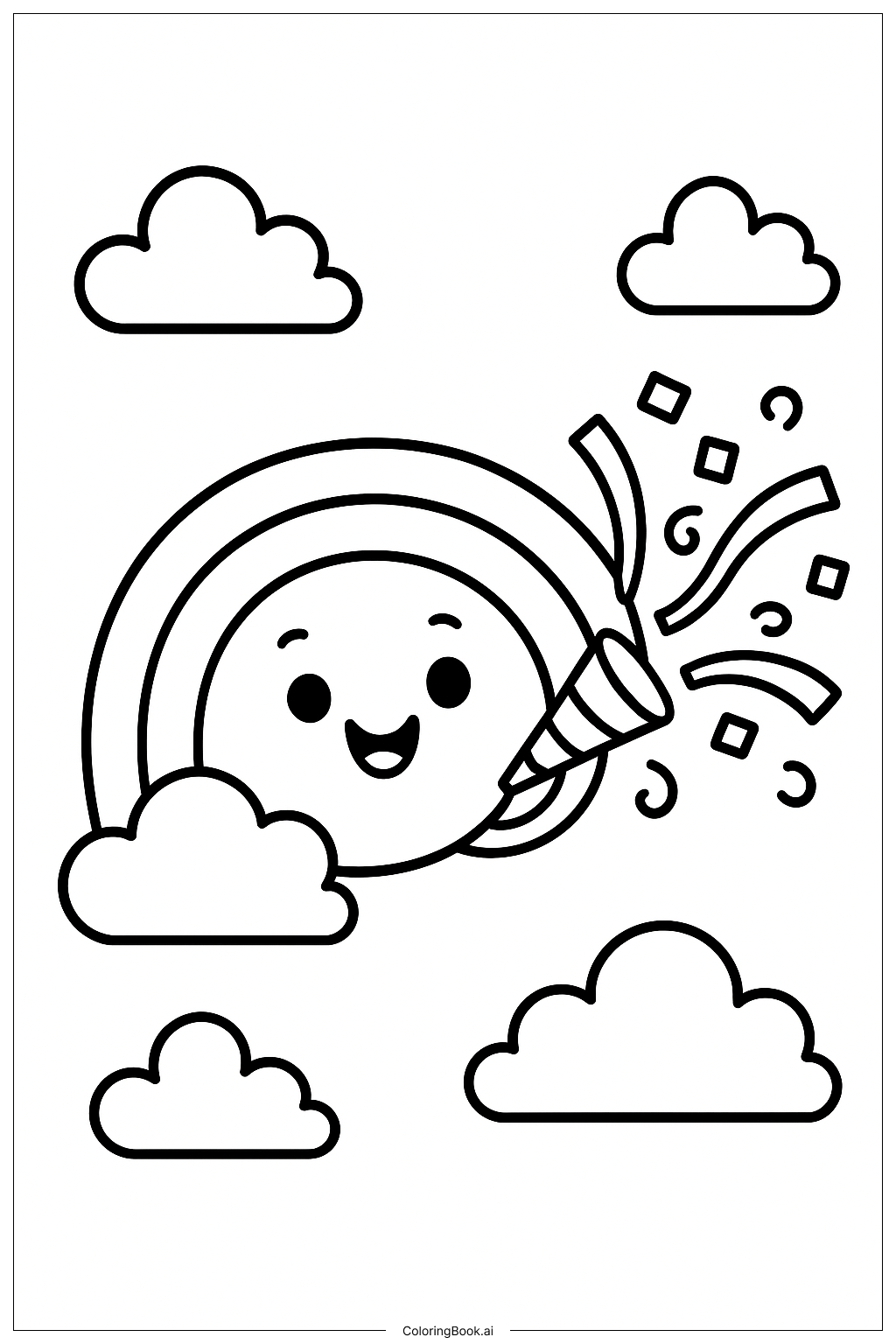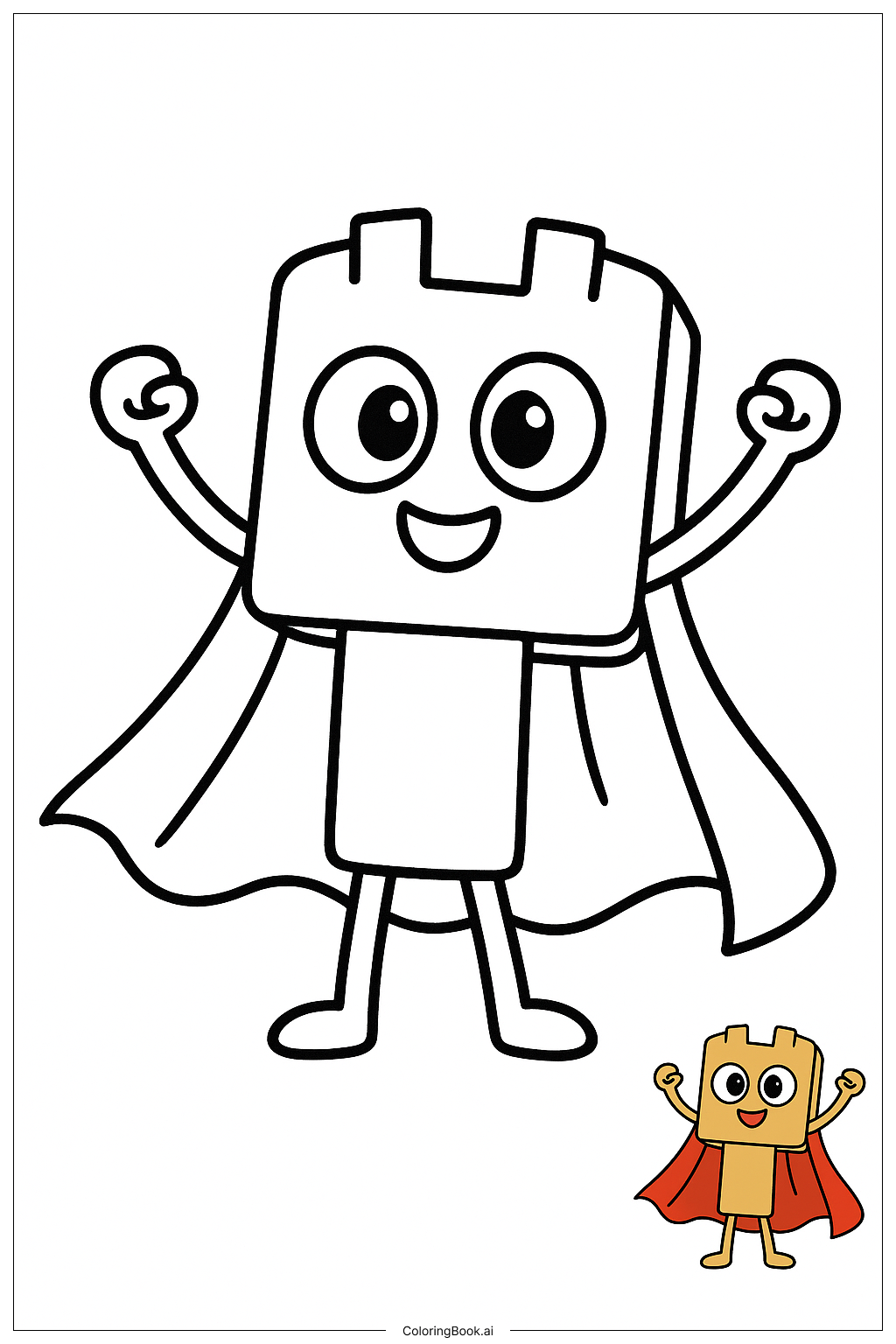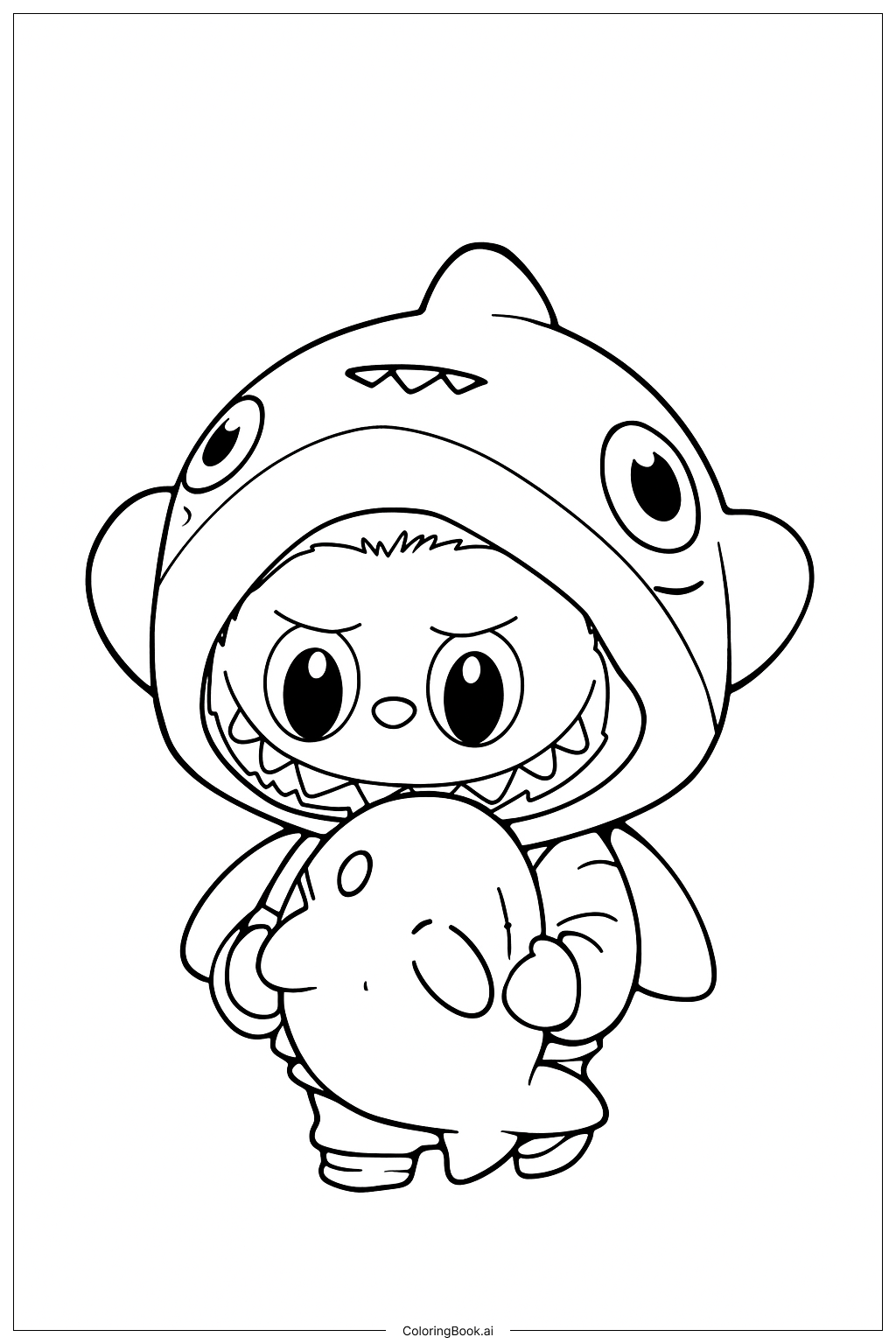Coloring tips: How to color Mammoth coloring page well?
Use browns, greys, or beige shades to make the mammoth look realistic. You can color the tusks white or light grey to stand out. Try using different colors for each rectangular part to show the blocky style clearly. Use darker shades on one side of the mammoth to create shadows and depth. Feel free to add a colorful background like a forest or snowy field to make the picture more lively. Use crayons, markers, or colored pencils to fill carefully inside the lines for neat results.
Coloring challenges: Which parts are difficult to color and need attention for Mammoth coloring page?
1. The mammoth's tusks have many sharp angles, which need careful coloring to stay inside the lines.
2. The image has many small blocks and rectangles that require attention to detail.
3. Creating shading or shadow effects may be difficult due to the blocky shapes.
4. The legs are close to each other, so coloring between them without mixing colors can be tricky.
5. Keeping a consistent color pattern across irregular shapes can challenge young colorers.
Benefits of coloring books: Advantages of drawing Mammoth coloring page
Coloring this mammoth helps improve hand-eye coordination and fine motor skills. It encourages attention to detail and patience by coloring inside small shapes. Kids can learn about shapes and structure because the mammoth is made up of simple rectangles and blocks. It also inspires creativity as they choose colors to make the mammoth lively. Finally, coloring such a unique image can boost focus and provide a sense of accomplishment.
